Zombie Tag Game Project
Download: https://drive.google.com/file/d/1j6-062bWur2fiURXJQcbqyO1FX7COuck/view?usp=sharing
This is an unpublished personal project which purpose was so I can learn new skills and refresh old ones.
The new skills I learned were:
- Shader development via Unity’s shader graph for the effect when you enter the house and it cuts through the roof.
- Intro to more complex enemy AI. zombies and healthy units use random amounts of values to move, wait, or chose to wait.
- 3D modeling. I created the houses used in the project
- Texturing. I textured the house model I made for the project.
- UI development
- Player movement controller
- Game managers
- Clean coding practices
- Chase and flee systems for the AI
- Developing sound system
A2 Games and Simulation
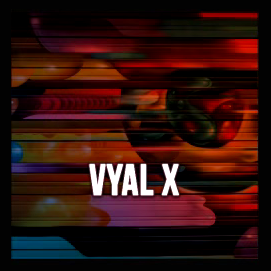
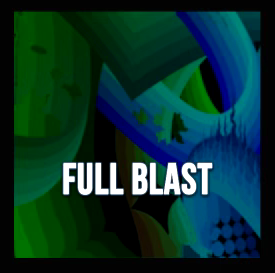
Collaborated with our client Brand XR an award winning, no code, augmented reality XR creative studio on Electrifly. Electrifly uses AR versions of real murals to create immersive and engaging experience.
I got the great opportunity to work on the mini game effect for the Trailblazer experience. This Experience also won an award. The mini game involved a soccer player kicking a ball to the player initiating a quick time effect. if the player hits the ball at the right time. The ball is sent back to the player and they kick it back the ball moving a little bit faster. As the game progresses the ball gets progressively faster and faster. Eventually the speed gets capped and the game becomes more of a fast past endurance test.
For this experience I worked on:
- The system for sending the ball to a position of the screen
- Code and Math the calculates the arc of the ball based on the screen distance from the animated mural.
- Code and Math that adjusts the speed of the ball based on the screen distance.
- Code and Math for creating the quick time event to hit the ball back.
- Code for scoring system and general game functionality.

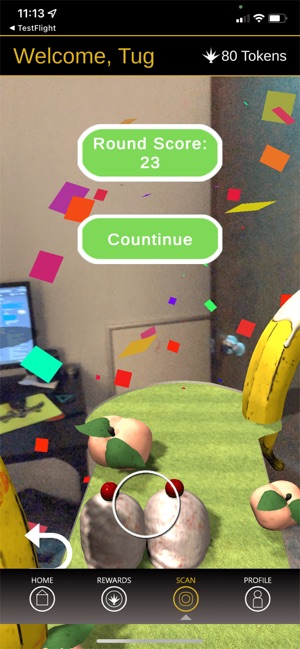
Another Collaboration with BrandXR. Highdeas is an augment reality app that allows consumers to scan packaging for various of the clients products to interact with experience based on the logo on the package. There was also to be a map that I worked on that used an online data base I created of every marijuana distributor that used their product in the state of Michigan. This project I performed various animation and VFX tasks; coding, and testing to ensure a good experiences for each product.
For the experience with the alien I worked on:
- The whole the ufo appearing and spawning of the alien
- The tractor beam VFX
- code for changing the color and animation
- Testing and QA
- The obstacles positions and sizes
- The physics and and bounce animation of the obstacles
The Ceiling Collapses and Everyone Dies [Made in Unity: 2019.2.9f1]
The game “The Ceiling Collapses and Everyone Dies” is an asymmetrical one verses three competitive dungeon crawl. Created with a group of thirteen developers over two college semesters, the game is designed to have 3 stages. Stage 1: The lone player gets to populate the dungeon with objectives, enemies, and traps. At this stage, three group players attempt to collect three objectives to progress to the next stage, while the lone player has immunity and is trying to kill them with abilities. The final stage is where the lone player loses their invincibility and has to fight the remaining players. I enjoyed creating the concept of the three stages for the game and to provide the lone player with equal footing over the others. This allow the group players to plan out their defense, act upon it, and one last chance to win the game. As a result of this project, I implemented the key bindings for four local controllers. I allowed for the game to be open to team recommendations as it went through production. If a team member came up with an idea for improvement, I would run it by the rest of the team for their mutual collaboration. And if the team collectively agreed it was appropriate we would add it to the game. This also provided the team members with a sense of excitement and the motivation to see their concept come to life. Although my role was to be the Producer, I made it a priority that the team gave their best efforts into the project, managed the time- line to ensure that our final production of the game met all our team’s objectives. I project managed the objective and goals for every sprint. This resulted in the game being on time and all team resources were accounted for to ensure that the project had all member’s input and to influence how the game should progress. As for my role on the project, I began as the primary code programmer on the game. As the project began we had less team members than the required roles to produce the game. I had to assume many parallel roles and responsibilities as the Lead Programmer and then finally as the Producer. As the majority of my past experience was as a coder, I designed many of aspects of the inner working for the game. For example, creating initial scripts that the team would later enhance to refine systems. As the production of the game progressed we were successful in obtaining additional team members and my role to be code was assumed by others. However, I periodically was asked to work on troubling shooting coding issues, correcting errors and developing several small scripts that worked in conjunction with other scripts for enhancing efficiency on how they worked.
As the Producer I:
- Responsible for performing in person team scrum sessions three times a week.
- Contributed and assisted to formulate the ideas of the many brainstorming sessions during early development.
- Assisted in planning the documentation such as the Game Design Document (GDD) & Project Backlogs with leads and members dedicated to documentation. In conjunction while working on specific required team monitoring documents. For example: Team member availability charts, scheduling tables, and creating Gantt Charts and metrics.
- Set up lines of communication for the team, as well as, arranging the Unity’s Collaboration features with the assistance of various team member.
- Taught the other programmers in the group more advanced and in depth coding principles, the sound designers the ‘how to” implement their sounds in the engine and use animations to set-up enemy attacks that require timing.
- Identified and assigned team resources to enable me to teach and enhance their field of expertise.
- Actively polished various levels and assets.
- Created base movement script for basic melee style enemies
- Developed the player movement.
- Designed the animations for the collapsible ceiling ability.
- Enabled the audio to the specific events
- Combined the code from initial AI design and a newer AI.
- Enabled the knight animations to use by teaching the code to newly assigned programmers.
- Enabled the cleric sounds to use and taught the code to the sound designers.
- Developed the camera movement during game play & testing.
Dino Dash [Made In Unity]
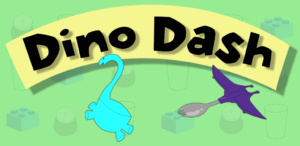
Dino Dash was a team project assignment that I worked on in my senior year of college. The group members comprised of a Producer, two programmers, (I functioned as the Lead Programmer), a Tech Artist, a Visual Artist, a Modeler, and an Animator. The team project assignment was to develop a casual Smartphone game, that incorporates user feedback to improve upon it. The genre of the game is a Endless Runner, with the theme of a dinosaur-shaped cooking and eating utensils. The game is made for Android, was not published on the Google Play Store. The games goal was to go for as long as possible without losing all three hearts (lives). Once the game is over, the player’s score is kept in a leader board of their past attempts on the main menu.
My Tasks for this assignment as lead programmer:
- Organize and assigning tasks to the other programmer while teaching him more advanced coding methods than his knowledge possessed.
- Develop the games core mechanics
- Created the game’s score board
- Connect the User Interface (UI)
- Setting up smartphone based controls for character movement.
- Developed the Runner tile spawner ( uses a unique code that I made that calls off screen pre-made tiles into an endless back to back countertop and sends them back when they go off screen) This allowed the game not to overflow with dump files from spawning and removing objects.
- Testing and debugging the game over multiple iterations that was a major portion of my time.
Carbo Dungeon[Made in Unity] - VR Puzzle Escape Room Game
I developed the Carbo Dungeon as an escape room virtual Reality (VR) game. The Carbo Dungeon VR game consists of three exciting and time sensitive levels. If you fail to solve and complete each puzzle on time, the player will not proceed to the next room level and the player’s life will dramatically end. After words their scores would be placed on a score board in the main menu.
Some of the hardest challenges I faced on this project were coming up with algorithms to randomize the puzzles and still have them be solvable. The hardest of these were the “Simon Says” puzzle and the “Crystal Math” puzzle.
Lost Planet [Made in Unity]:
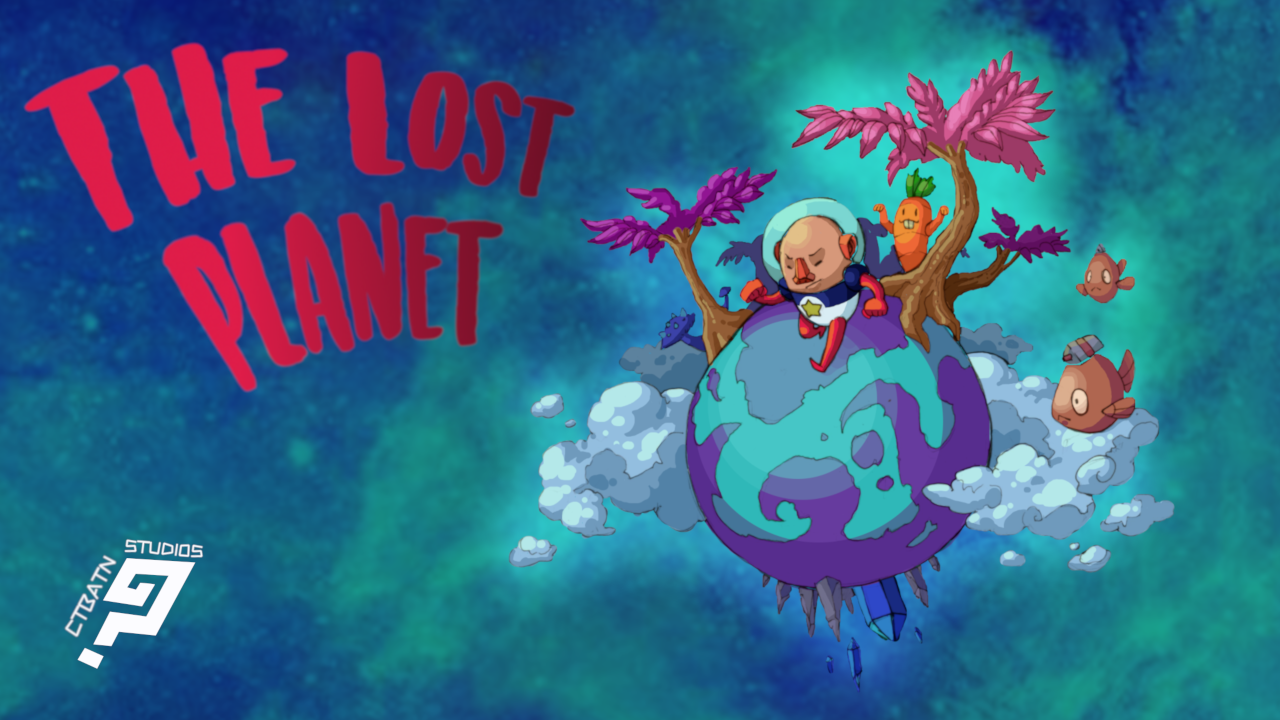
.
In my junior year in college, my game production team consisted of eight members. Our final team’s assignment project was to develop a three level discovery theme game. Our production team’s game was called “The Lost Planet”. The synopsis of the game was that the player’s characters crash lands on a bizarre planet containing floating solid clouds and space rock monsters, with help of a bizarre inhabitant. The player’s character has many obstacles that they need to navigate through while being attacked by enemy fish and vegetables. The mission of the game is for the players to successfully leave “The Lost Planet” and continue on their space journey.
My role and contributions to “The Lost Planet” video game:
- Functioned as the team’s Lead Game Programmer and successfully executed the majority of the C# program coding.
- Responsible for reviewing and troubleshooting all code.
- Utilizing my C# skills, I was able to contribute to the Lost Planet game by providing for enemy AI, path finding, enhanced player movement, the character’s health/lives systems , item pickups, power-up effects, level transitions, and exciting level effects such as reversing gravity.
- Rigged the enemy and the player models upon completion by the team’s modelers creations.
- Due to my proficient coding ability I performed many of the skeletons for the models. As I was adapt to performing all the animations for the characters.
- I was responsible for executing all the character animations.
- I was the lead architect who successfully pitched many of the ideas/concepts which were incorporated into “The Lost Planet” game. One of key game concepts that was designed was to power ups enemies in all levels.
- Spearheaded and assumed many roles to successfully meet the project’s timelines tasks to assist the team with the final video game execution. The tasks included: terrain models with textures, completing the design levels with enemies, item placement and implementation of particles and barriers.